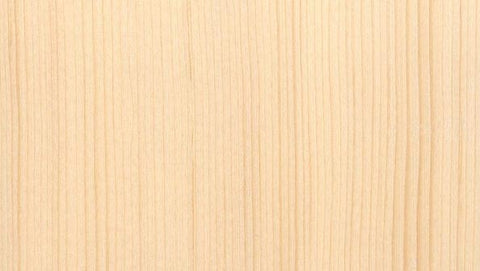Which type of acoustic guitar to buy for beginners?
Acoustic guitars, both historical and modern, have a wide range of designs and construction. And the steel-string acoustic guitar and the classical acoustic guitar (Spanish Guitar) are two of the most significant types. Beginners may be confused about the differences between the two types of guitars.
To begin with, when the music media, blogs, and even institutions refer to acoustic guitars, they typically refer to steel-string acoustic guitars. By its name, you can know that this type of acoustic guitar makes use of steel strings to generate sound.
A classical acoustic guitar, on the other hand, is made with nylon strings. While both classical and acoustic guitars are members of the acoustic guitar family, the two kinds of strings make them sound very different.

Nylon strings are thicker and provide a mellower tone. And picks are rarely used on classical guitars. Steel strings can be made from several metals, including nickel and bronze. And they are significantly brighter and vibrate for a longer period. Steel strings are sharper on your fingertips, but as your technique develops, you will become more accustomed to playing steel-string acoustic guitars.
If you enjoy performing solo, a classical guitar may be the ideal option. If you love pop or country music, a steel-string acoustic guitar might fit you better.
While strings differentiate the making of sound, the materials of guitars determine how they resonate. Therefore, it’s also important to know the various types of body materials that affect their tones.
What Affects the tones of acoustic guitars?
Guitar Wood
Laminate and Solid Wood
The wood of an acoustic guitar is one of the most important factors affecting the sound of the guitar. The bodies of acoustic guitars can be made from a variety of woods, such as mahogany, spruce, and maple. But the first thing you need to decide is whether you need a solid wood guitar or a laminated guitar.

The top of an acoustic guitar makes a greater contribution to the sound than its back and sides. That’s why you should pay more attention to the top. Solid wood guitars are made with cuts of solid wood. They can vibrate freely so that a solid wood acoustic guitar will resonate with a nice full warmth.
The body of a laminate acoustic guitar is made of laminate wood, which is multiple layers of processed wood joined together with glue. Laminate acoustic guitars have lower volume and tone quality but are more resistant to changes in temperature and humidity than solid-wood guitars.
If you don't want to make any compromises with your guitar's tone, you'll probably opt for a solid wood guitar. Keep in mind that an acoustic guitar can be made from both laminated and solid wood. Some mid-range acoustic guitars have solid wood tops with laminated backs and sides.
If you're on a tight budget, go with a solid-top acoustic guitar. Donner DAG-1 acoustic guitar can be a good choice. If you still don't have enough money for a solid-top guitar, a laminate guitar is also a good option.
Remember that a guitar's tone is influenced by more than its material. To guarantee you purchase an acoustic guitar that sounds best for you, you also need to consider the type of wood and the shape of the body.
Tone Wood Types
Quite simply, different timbers will generate different timbres. Judging from the appearance, denser woods tend to have a brighter tone, whilst lighter woods tend to be darker. Let's take a look at three popular kinds of wood used in acoustic guitars.


After knowing these, do you have a question about whether the shape of the guitar body also influences its sound besides the types of wood?
Shapes of Guitar Bodies
The shape of the guitar body can be simply divided into two kinds: cutaway guitars and non-cutaway guitars.The major objective of a cutaway body design is to provide a guitar player with easy access to higher frets for playing higher register notes. Cutaway acoustic guitars have a more treble-heavy tone and provide a significantly brighter sound.
The full-bout design of a non-cutaway guitar restricts access to the top frets. However, non-cutaway guitars feature stronger bass, more volume, and a fuller tone overall.
Getting a non-cutaway acoustic guitar is usually the best option if you don't require access to the top frets and prefer a fuller-sounding guitar.
After reading this, some curious beginners may have queries such as: Does the size also affect the tone? What size guitar should I buy? Well, choosing the right size is a vital step to creating the sound quality that you want.
Sizes of Guitar Bodies
Guitars for beginners are available in a range of designs and sizes. Your physical characteristics and your preferred musical genre will both influence the size and design of the guitar you should choose.
Incorrect guitar sizes can have a negative influence on a child's ability to play, and youngsters are likely to become frustrated when attempting to play guitars that are too large for their bodies and hands. If you have little hands or are purchasing acoustic guitars for your young children aged 8 to 12, a 3/4-sized 36-inch acoustic guitar is a good option. A Dreadnought 41-inch acoustic guitar can be the right choice for you if you don't mind its size and prefer the powerful tone it produces.















































